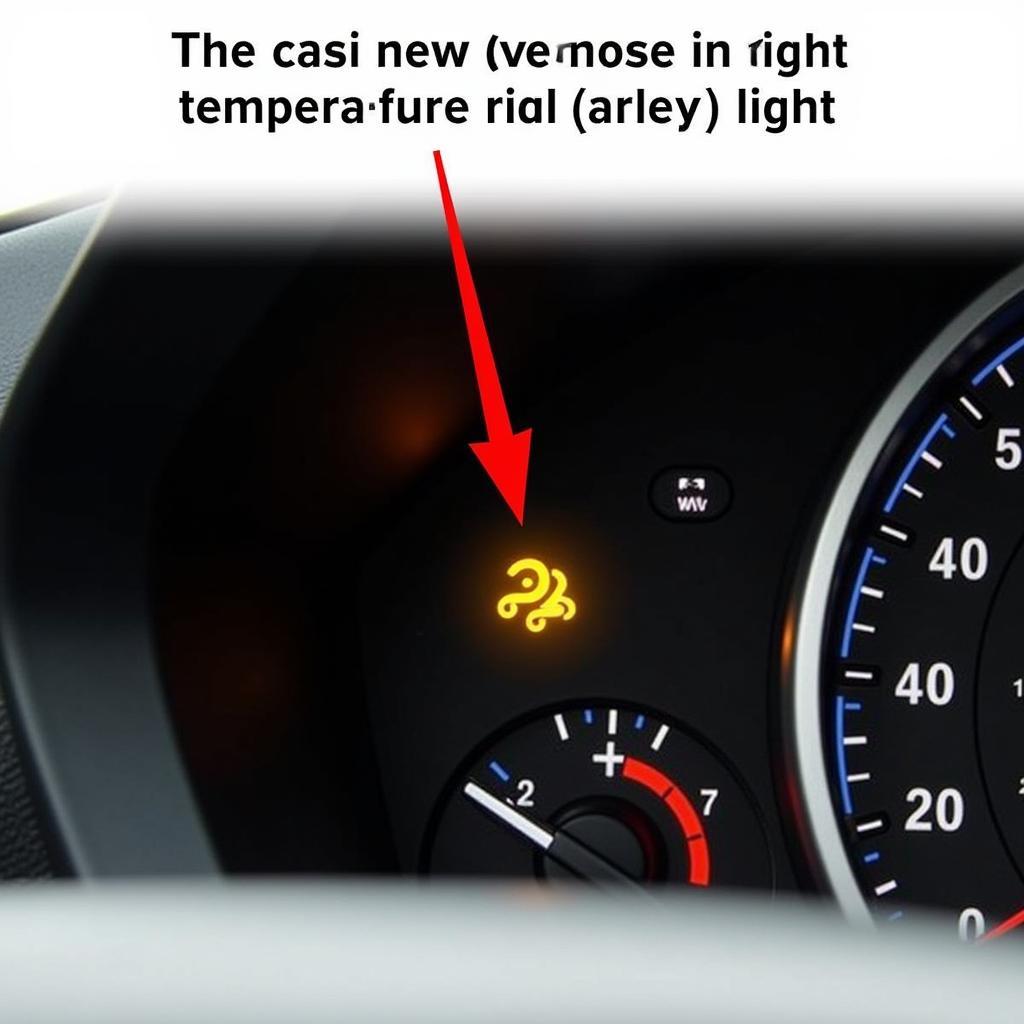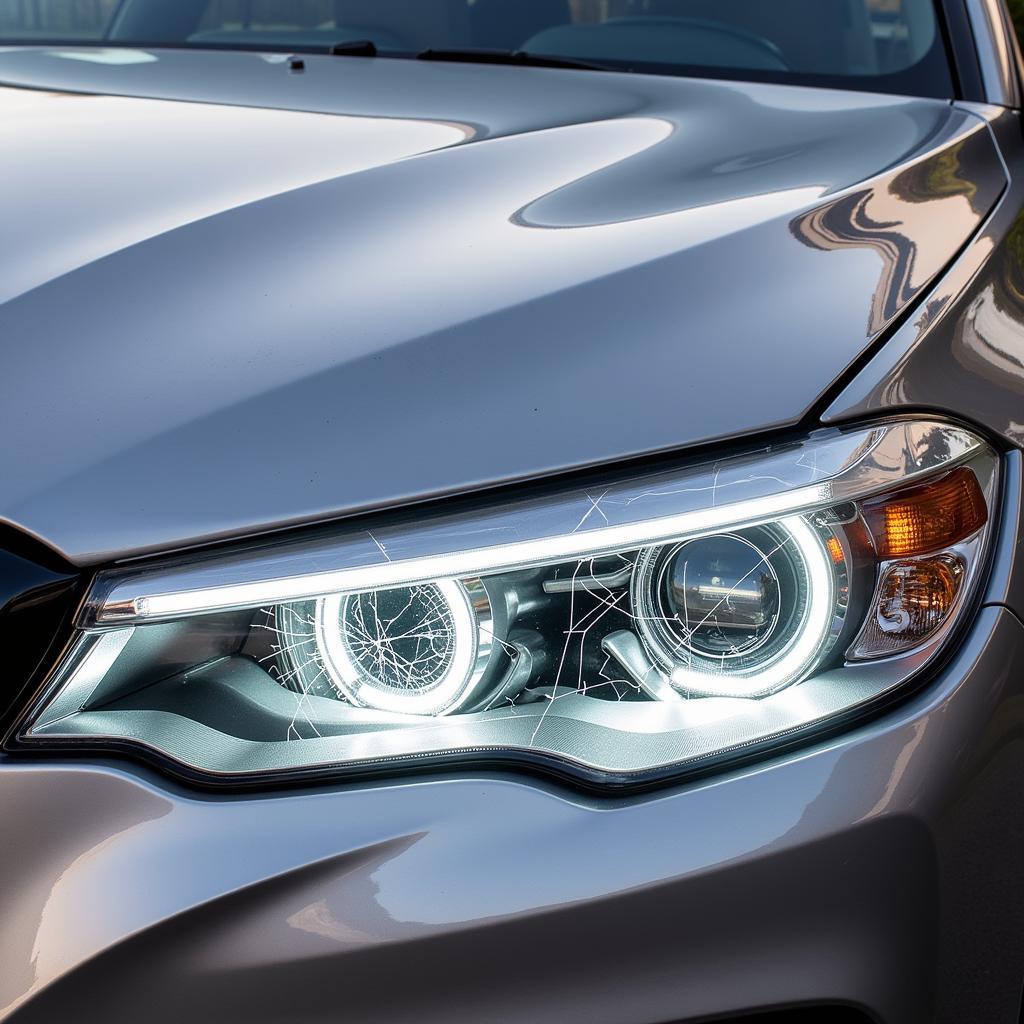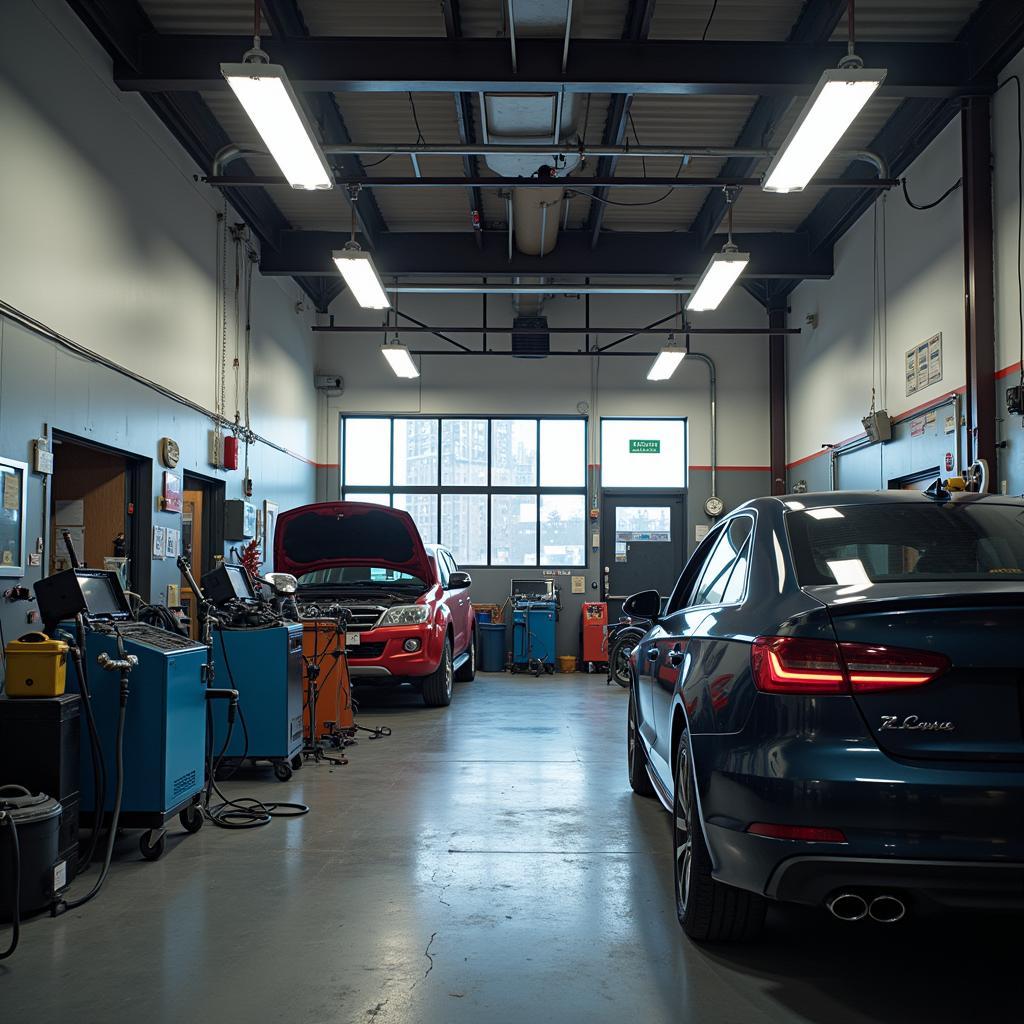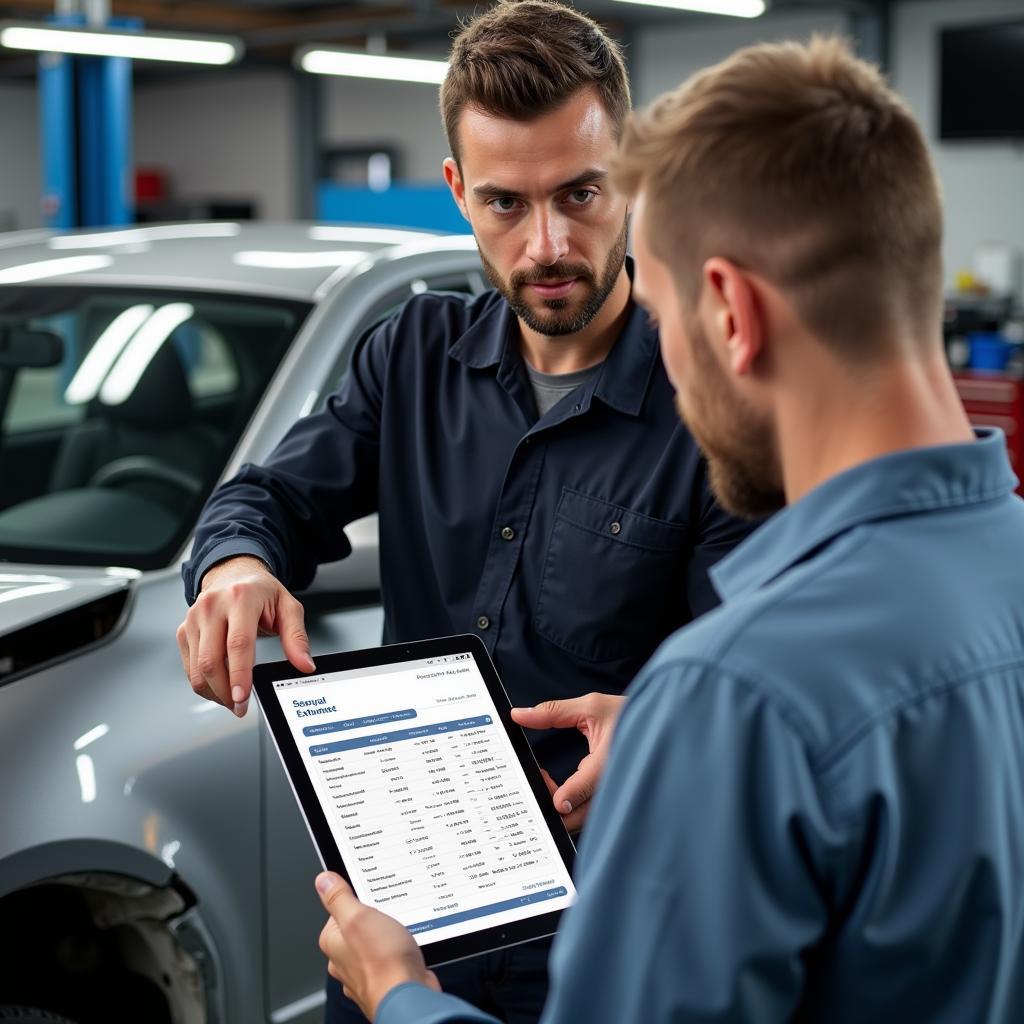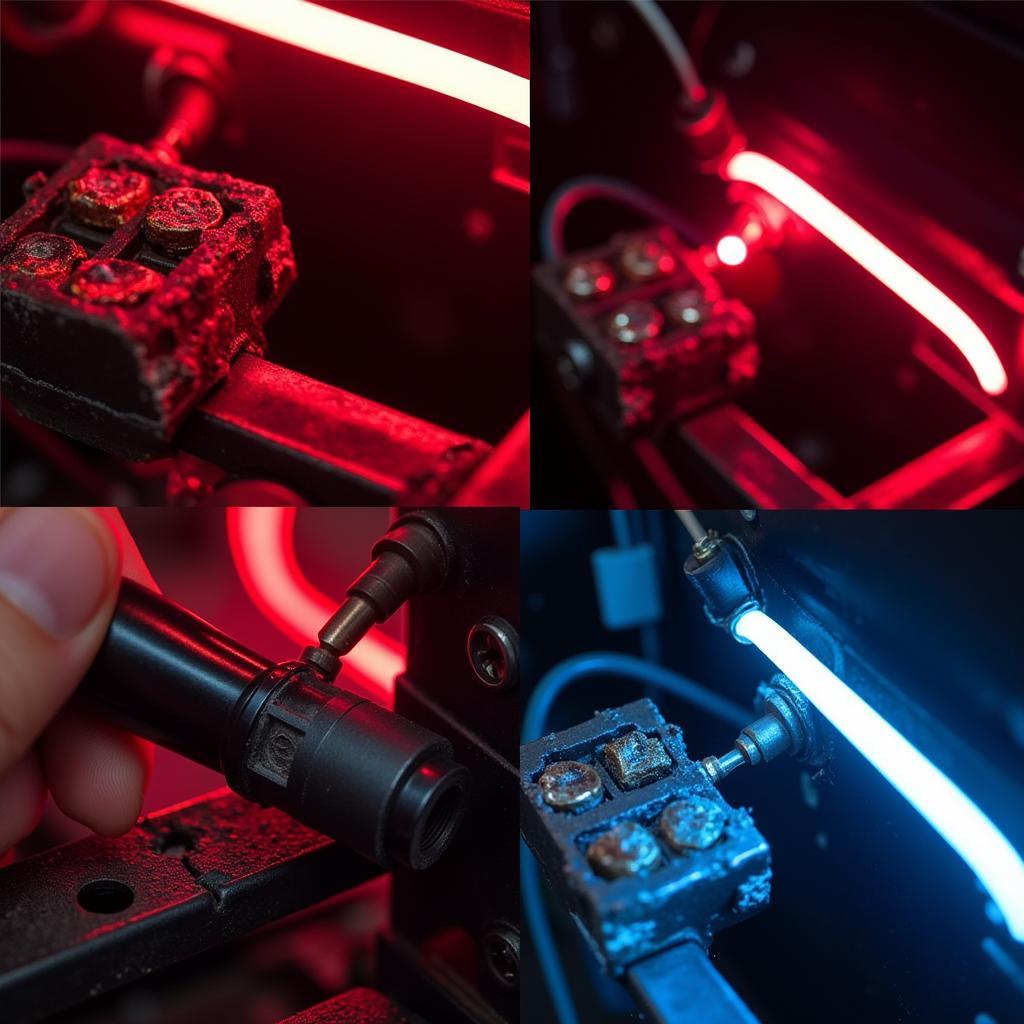
Cleaning Corroded Car Neon Light Connections
Car neon lights can add a unique and stylish look to your vehicle. But what happens when your neon lights start to flicker or fail completely? Before you shell out cash for a professional, there are several things you can check at home to potentially save yourself some money. This guide will walk you through the common causes of flickering car neon lights and provide step-by-step solutions to help you get those lights shining brightly again.
Understanding the Different Causes of Flickering
Flickering car neon lights can be caused by a variety of issues, ranging from simple loose connections to more complex problems with the inverter or wiring.
Here are some of the most common culprits:
-
Loose or Corroded Connections: This is perhaps the most frequent cause of flickering. Over time, vibrations from driving can loosen the connections between the neon tubes, wiring, and power source. Additionally, exposure to moisture can lead to corrosion, hindering the flow of electricity.
-
Faulty Inverter: The inverter is a crucial component of your neon light system. It converts your car’s DC power to AC power, which is necessary for neon lights to function. If your inverter is failing, it can cause the lights to flicker or even fail entirely.
-
Damaged Wiring: The wiring that connects your neon lights to the power source can become damaged due to wear and tear, heat exposure, or accidental cuts. Damaged wires disrupt the electrical flow, leading to flickering.
-
Worn-Out Neon Tubes: While less common, neon tubes themselves can deteriorate over time. Prolonged use can weaken the electrodes within the tube, affecting the light output and causing flickering.
Troubleshooting and Repairing Flickering Neon Lights
Before you begin any repair work, make sure to disconnect the negative terminal of your car battery as a safety precaution.
1. Inspect the Connections
- Locate the connections: Start by locating all the connections in your neon light system. This includes the connections at the neon tubes, the inverter, and the power source (usually the battery or fuse box).
- Check for looseness: Carefully examine each connection point for any signs of looseness. Tighten any loose screws or connectors using a screwdriver or pliers.
- Look for corrosion: Inspect the metal parts of the connections for any signs of corrosion, such as a white, powdery residue. If you find corrosion, disconnect the connector and use a wire brush or contact cleaner to remove it.
 Cleaning Corroded Car Neon Light Connections
Cleaning Corroded Car Neon Light Connections
2. Test the Inverter
- Locate the inverter: The inverter is usually a small, rectangular box located near the battery or under the dashboard.
- Visual inspection: Check the inverter for any visible signs of damage, such as burns, cracks, or loose components.
- Voltage test (Optional): If you have a multimeter, you can test the inverter’s output voltage. Consult your neon light kit’s manual for the correct voltage reading. If the voltage is too low or inconsistent, the inverter may be faulty and needs replacement.
3. Examine the Wiring
- Visual inspection: Carefully inspect the entire length of the wiring for any signs of damage, including cuts, frays, burns, or exposed wires.
- Continuity test (Optional): If you have a multimeter, you can perform a continuity test on each wire to ensure there are no breaks. Consult your multimeter’s manual for instructions.
- Repair or replace: If you find any damaged sections of wiring, you can try to repair them with electrical tape or heat shrink tubing. However, it’s often best to replace the entire length of damaged wire to ensure a reliable connection.
4. Consider the Neon Tubes
- Visual inspection: Examine the neon tubes for any cracks, breaks, or dark spots. These are signs of damage that could be causing the flickering.
- Replacement: Unfortunately, damaged neon tubes cannot be repaired and must be replaced. When replacing neon tubes, make sure to purchase the correct type and size for your specific neon light kit.
When to Consult a Professional
While the troubleshooting steps above can help you address many common causes of flickering car neon lights, there may be instances where it’s best to consult a qualified auto electrician.
Consider seeking professional help if:
- You’re uncomfortable working with electrical components in your car.
- You’ve tried the troubleshooting steps above, but the flickering persists.
- You suspect a more complex electrical issue that’s beyond your expertise.
Conclusion
Flickering car neon lights can be an annoyance, but with a bit of troubleshooting, you can often identify and resolve the problem yourself. By systematically checking the connections, inverter, wiring, and neon tubes, you can get your neon lights shining brightly again. Remember to always prioritize safety and disconnect your car battery before working on any electrical components. If you’re ever unsure about a repair or encounter difficulties, don’t hesitate to seek help from a qualified auto electrician.
FAQs
Q: Can I use LED lights instead of neon lights for my car?
A: Yes, LED lights are a popular alternative to neon lights for cars. They are more energy-efficient, brighter, and generally last longer than neon tubes.
Q: How long should car neon lights last?
A: The lifespan of car neon lights can vary depending on the quality of the product and usage. On average, neon lights can last anywhere from 2 to 5 years.
Q: Are car neon lights legal?
A: The legality of car neon lights varies by jurisdiction. It’s important to check your local traffic laws and regulations regarding aftermarket car lighting.
Q: Can I install car neon lights myself?
A: While it’s possible to install car neon lights yourself, it’s recommended to have them installed by a qualified auto electrician to ensure proper wiring and avoid any potential electrical problems.
Still Have Questions? We’re Here to Help!
If you’re experiencing problems with your car’s neon lights and need further assistance, our team of expert technicians is just a message away. Contact us through WhatsApp at +1(641)206-8880 or email us at [email protected]. We’re available 24/7 to provide guidance and support.
For more helpful tips on car repair and maintenance, explore our comprehensive guides on how to repair flickering neon lights under car and car neon light broken glass repair.

